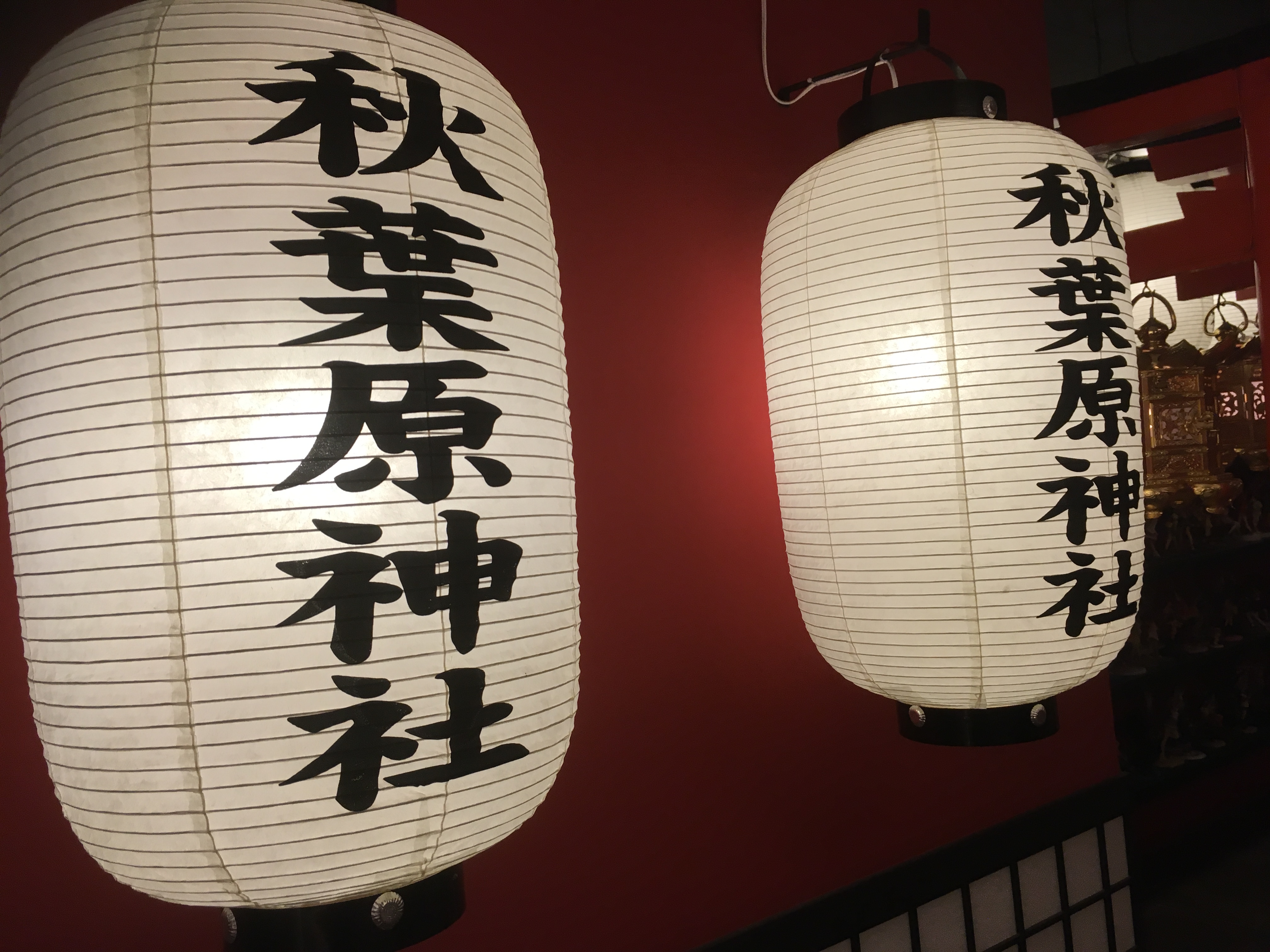
Step aside Kanda Myojin Shrine, here is the Akihabara Shrine
Kanda Myojin Shrine of Live Live fame is known as “the shrine” of Akihabara. But, tucked behind electronic stores in the heart of Akihabara lies the modest Akihabara Shrine.
This Shinto shrine opened to the public in June 2016 with the goal to create a “new power spot that corresponds to the changing landscape of Akihabara.” While on the streets of Akihabara people can easily miss this shrine. Akihabara Shrine is a small indoors shrine away from the main streets. However, the red torii can certainly catch the eye of the observant visitor. At first glance, the Akihabara Shrine looks like any other small shrine. Upon closer inspection, however, it is evident that it is not like any other.
Figures line one wall of the shrine, and on the opposite side prayer plaques covered with manga-esque illustrations line the other. The Akihabara Shrine offers memorial services for beloved figures as well for a nominal fee.
Spiritual Power for Otaku
Visitors to the shrine can pay their respects to enshrined deity Amaterasu-Miroku and associated deities Ame-no-Uzume-no-Mikoto and Ukanomitama. Amaterasu-Miroku is a fusion of the Shinto sun goddess and Buddhist Bodhisattva. Ame-no-Uzume-no-Mikoto and Ukanomitama are deities of traditional performing arts and agriculture respectively.
For those who want a souvenir, the shrine offers a wide array of amulets (omamori). The overlarge omamori is meant to bring good luck and prosperity to Akihabara. Miko at the shrine recommends the Gijutsu Jōtatsu (技術上達) omamori to artists, writers, and anyone else involved in the creative industries. “These amulets have really worked for those bought them,” according to one miko at the shrine.
Much like how the neighboring Kanda Myojin Shrine collaborates Love Live, the Akihabara Shrine engages with local Akihabara culture. This May, the Akihabara Shrine inaugurated underground idol group Kamen Joshi as miko. They currently have special collaboration omamori and prayer plaques.
According to its official website, the shrine recognizes the importance of traditional Japanese culture and that Akihabara has become a sacred place for otaku and a hub for Japanese subculture. Though still a relatively young Shinto shrine, the Akihabara Shrine brings together the “traditional” and the swirling pop and subcultures of Akihabara.
[cft format=0]